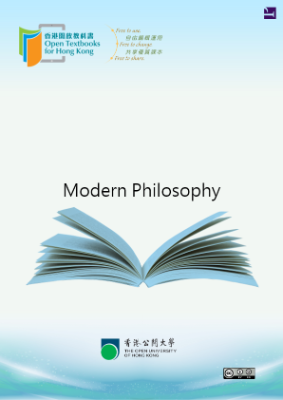This book combines readings from primary sources with two pedagogical tools. Paragraphs in italics introduce figures and texts, or draw connections among the readings. Numbered study questions sometimes ask you to reconstruct an argument from the text, using numbered premises. Some of the premises or the conclusion are usually given. You might need more or fewer lines to state the argument; you might also choose to start your reconstruction with different premises than those provided.
Only excerpts of the major works are included. Descartes’s Meditations, Hume’s Enquiryand Kant’s Prolegomenaare largely unabridged. Minor stylistic changes have been made to the original texts; in particular, many more paragraph breaks have been added.
ModernPhilosophy was created by Walter Ott. Other contributors include Antonia LoLordo and Lydia Patton. The creation of Modern Philosophy was made possible by the Virginia Tech Philosophy Department and a Virginia Tech CIDER grant. This modified version of the text was written in Markdown (with pandoc-exclusive extensions) by Alexander Dunn. Using the free utility pandoc, this version can be easily converted to HTML, PDF, EPUB, and many other formats.
Minilogic and Glossary
Like any discipline, philosophy has its own vocabulary. Here are some of the most basic terms and the connections among them:
Position A position (or a thesis) is a claim or set of claims; for example, that the mind is identical to the brain, or that people act always from self-interest.
Argument An argument is a set of claims (called ‘premises’) designed to show another claim (a conclusion) to be true. (This is a special use of the word: usually people use ‘argument’ to mean a verbal altercation). For example: Premise 1: If it’s raining outside, the lawnmower will get wet.











